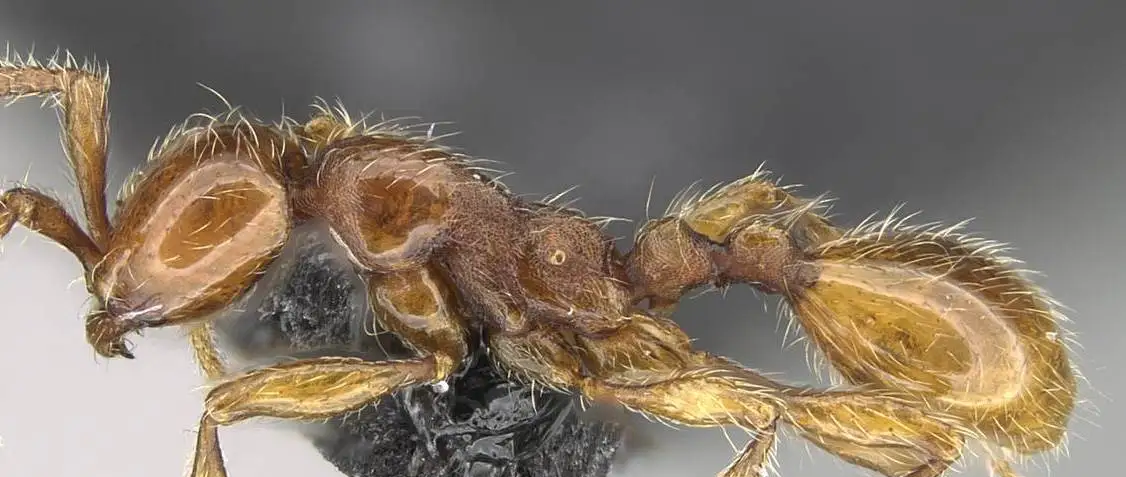
Myrmecology
- Ants learned to farm fungi during a mass extinctionarstechnica.com Ants learned to farm fungi during a mass extinction
Ants learned to work with fungi back in a world where only fungi could thrive.

- Targeted treatment of injured nestmates with antimicrobial compounds in an ant society - Nature Communicationswww.nature.com Targeted treatment of injured nestmates with antimicrobial compounds in an ant society - Nature Communications
Infected wounds pose a major mortality risk in animals and are common in predatory ants. Here, the authors show that M. analis ants apply antimicrobial compounds produced in the metapleural glands to treat infected wounds and reduce nestmate mortality.
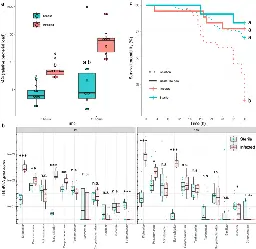
- The strange and turbulent global world of ant geopolitics | Aeon Essaysaeon.co The strange and turbulent global world of ant geopolitics | Aeon Essays
Over the past four centuries quadrillions of ants have created a strange and turbulent global society that shadows our own
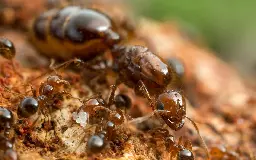
- 8-year-old boy upends 100 years of science regarding insects and plantswww.thebrighterside.news 8-year-old boy upends 100 years of science regarding insects and plants
[June 3, 2023: Staff Writer, The Brighter Side of News] An ant holds an oak gall containing wasp larvae. Researchers discovered an elaborate relationship among ants, wasps and oak trees. (CREDIT: Andrew Deans, Penn State) Penn State scientists, thanks to 8-year old Hugo Dean's curiousity, have dis...
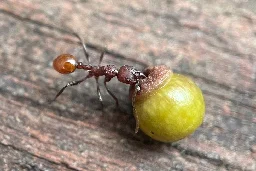
- Ant behavior inspires autonomous material assembly researchphys.org Ant behavior inspires autonomous material assembly research
The survival strategies employed by one of the most aggressive, territorial and venomous ant species may pave the way to revolutionize robotics, medicine and engineering.

- Ants Recognise Infected Wounds and Treat Themwww.uni-wuerzburg.de Ants Recognise Infected Wounds and Treat Them
The African Matabele ants are often injured in fights with termites. Their conspecifics recognise when the wounds become infected and initiate antibiotic treatment.
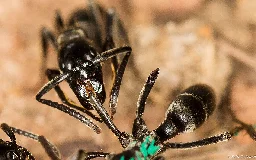
- A new experimental setup for studying ants and similar-sized insects - Insectes Sociauxlink.springer.com A new experimental setup for studying ants and similar-sized insects - Insectes Sociaux
Laboratory studies on insects face the dual challenge of maintaining organisms under artificial conditions, and in reduced spaces while mimicking the species’ ecological requirements as much as possible. Over decades, myrmecologists have developed and continuously improved laboratory methods and art...

In this paper, they show how small insects reared in a very simple chamber can survive in it as long as insects that are kept in a more traditional enclosure.
The figure of their chamber with 10 nests is this one:
!Image of experimental chamber for rearing ants
A hole is made to the bottom of a petri dish, a peice of plaster placed such that it covers the hole, and a piece of sponge is used to connect the plaster to a water reservoir underneath. The connection to the water reservoir ensures that the ants have continuous access to water through the moistened plaster, while preventing the ants from accidentally drowning. In the petri dish, there is also a dark plastic film that the ants can use for cover.
The paper shows that ants can do well in this easy-to-care for chamber, and so this type of chamber can be used for experimental observations.